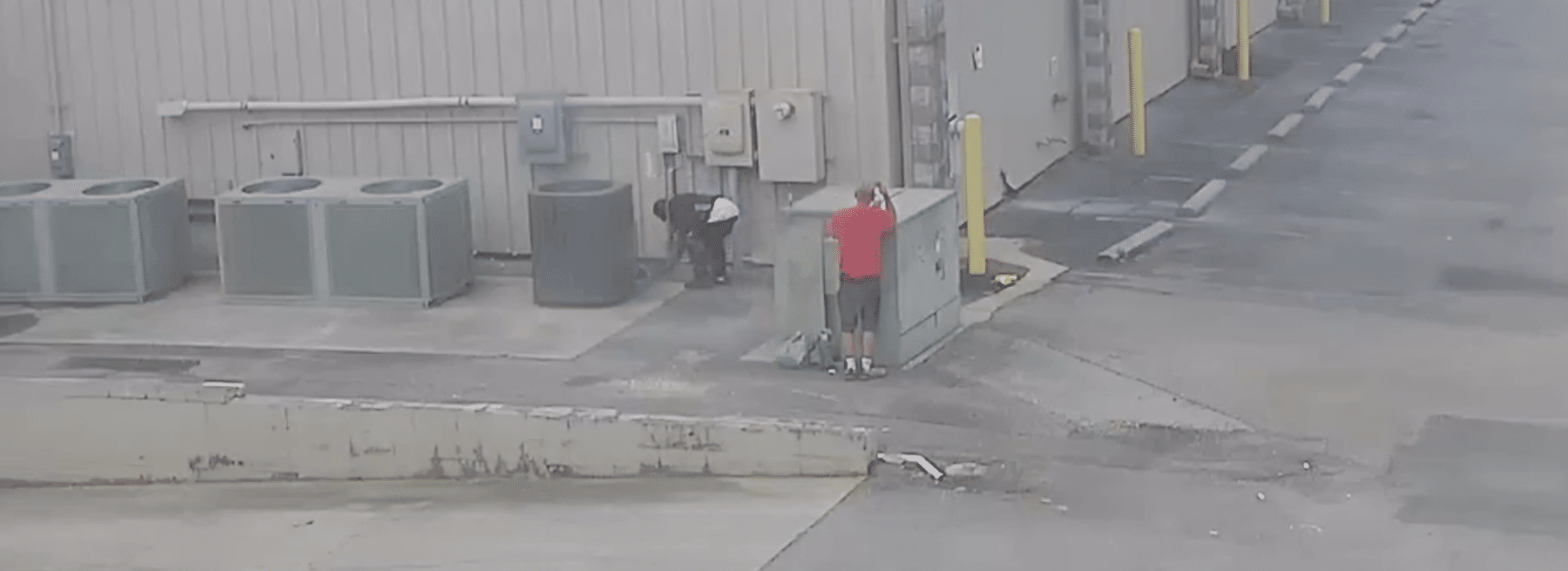“The construction industry is ripe for disruption,” writes Rajat Agarwal, Shankar Chandrasekaran, and Mukund Sridhar in Imagining Construction’s Digital Future. “Large projects across asset classes typically take 20 percent longer to finish than scheduled and are up to 80 percent over budget. Construction productivity has actually declined in some markets since the 1990s; financial returns for contractors are often relatively low—and volatile.”
The pandemic may have done a favor for the construction industry. It has highlighted the gaps in its technologies or lack thereof. Construction companies that are early adopters have found construction technologies make it possible for them to pivot and be flexible during the pandemic.
The Effect of the Pandemic on Construction’s Technology Adoption
In a survey of executives conducted by Cisco, 58 percent say the needs caused by the pandemic pushed employees to adopt the technology they previously rejected. Moreover, 2020 JBKnowledge ConTech survey of construction workers and contractors reveals 92 percent of the respondents spend time on their phone every day while working. Laptops follow close behind at 83 and tablets at 65 percent.
“For a few months in 2020, the entire world seemed to be propped up by technology, this was a great moment to prove tech adoption is always possible if we are diligent,” write the report’s authors. “Perhaps 2021 will push construction toward implementing digital workflows.”
It’s not just the pandemic that has forced construction’s hand to start adding automation and robotics to be more productive and efficient. Other factors driving construction to explore technologies include the wave of baby boomers retiring and more tech-savvy generations entering the industry.
Many industries are investing in industrial robotics and technology to automate hazardous, time-consuming, and inefficient processes. Here’s how one option is speeding up tedious work in construction.
How Robotics Speed Construction Projects
Here’s an example of how robotics can have a huge impact on construction. Auburn University added a robot that lays bricks to the construction of a performing arts center. It’s the first time a construction project in Alabama had used a robot this way.
The first commercially-available robot of its kind, the Semi-Automated Mason (SAM 100) can perform the repetitive task of laying more than 3,000 bricks per day. Instead of laying bricks, workers reload SAM with bricks and mortar, as well as clean around the bricks the robot has already placed.
The project only required the SAM 100 robot, one mason, one foreman, and two laborers. If it weren’t for SAM, then the project would’ve required four to five masons and two foremen. It only took one week to train the workers on how to work with the robot. In addition to robots speeding the work and easing the heavy lifting, they’re making the job safer for construction laborers.
Another challenge the construction industry faces is finding skilled workers. More than half of those responding to the Commercial Construction Index convey they grapple with finding qualified workers. Automation helps solve construction’s labor shortage problem. Any opportunity to rely on fewer workers lessens the pressure to search for enough qualified laborers.
Save Time and Gain Information with Drones
Mapping a construction site can demand a lot of time, workers, and resources. Hence, opting for a drone can save a lot of time because it can map a construction site in minutes. Someone preprograms the drone with built-in imaging technologies to produce detailed maps. The data provides the project manager with detailed insights about the project. Their precision and speed will cut costs and shave time.
Furthermore, drones can help solve unforeseen geological problems that could potentially cause schedule overruns. Drones can verify the project’s progress, do site inspections, and check on workers and machines without setting foot on the property.
Some companies use them to inspect the construction site for possible hazards to improve safety. This speeds QA and QC inspections to ensure the project follows safety regulations. Finally, drones can reduce overcrowding on a construction site. After the pandemic ends, companies still want to be conscious of crowding as it ensures workers stay healthy.
How Video Surveillance with Artificial Intelligence Benefits Construction
Artificial intelligence works like drones in that they can take over monotonous tasks while achieving higher accuracy, speed, and productivity rates. Automation does not displace workers. Rather, they create an equal number of new jobs as they replace as World Economic Forum testifies. In addition, the return on investment is fast as SupplyChain 24/7
reveals automation and AI can deliver an ROI within three to six months.
All these new expensive automation and robotic technologies justify a greater need for construction security. There’s one proactive security solution that can do more than just protect your assets and new technology. That solution is remote video surveillance with artificial intelligence. Before video surveillance got a booster from AI, it was mostly a passive security tool.
Back in the days when no one watched the cameras, someone had to notice something was different before searching video footage. For instance, a project manager arrives on-site and notices copper is missing. It was there the day before. The project manager will have to contact someone to check the video feeds to find out what happened.
Whomever gets the task of analyzing the feeds will spend hours searching them to piece together what happened. By this point, the copper is long gone and probably sold. Hopefully, the construction site has high-resolution cameras that can make out information to help law enforcement identify and capture the person responsible.
Video cameras without artificial intelligence are just eyes on a construction site. To catch suspicious activity before or as it happened and to deter crime required constantly and closely watching the monitors. Often, companies would assign their security guards to monitor the camera feeds. This is a mind-numbing activity. It’s too easy for the guards to tune out.
If workers and visitors see the video cameras, they expect someone to watch over them otherwise it leads to a false sense of security and puts the company at risk for liability issues. Instead of having security guards watch the cameras, it’s better to have professionally trained monitoring operators and artificial intelligence do the monitoring.
Artificial intelligence provides video surveillance with a powerful brain. What happens is that the security company programs many scenarios into the AI. The programming tells the cameras how to analyze what they see on the feeds. They also watch for specific scenarios while ignoring others. For example, the programming can tell the AI to ignore small wild animals and harmless flying debris like plastic bags.
As soon as artificial intelligence locates a match in one of its scenarios, it knows how to act because its programming gives it instructions. Video surveillance with a dose of Vitamin AI takes construction security
to another level. That’s how video surveillance turns into a proactive security solution.
It’ll flag someone approaching the construction site after-hours. The AI will alert the on-call operator who can issue an audio warning to the intruder. The operator is not on the construction site. The person watches from a safe place off-site.
If the audible warning does not deter the trespasser, then the operator will call the police and stay on the line for as long as it’s needed. Often, the police will arrive before the intruder gets away.
Through all this, AI grows smarter with every feedback it gets from the operator. The more feedback the system gets, the more precise it becomes. The partnership between humans and AI greatly reduces mistakes and false positives.
Get Ahead of the Competition and Invest in Construction Automation
McKinsey and Company’s report divulges large construction projects take 20 percent longer to finish than originally planned. They’re also 80 percent over budget. That’s why it’s no surprise the industry’s productivity levels have dropped drastically since the 1990s. Other industries that invested in technology sooner have seen their productivity levels skyrocket because of the technologies.
Advances in automation and robotics increase human productivity. Instead of replacing workers, technologies allow people to do more meaningful tasks while taking over tedious tasks. The collaboration between people and technology will help revolutionize construction productivity and increase safety. Drones are a great example of this. Someone needs to fly the drones and know how to collect mapping data from it.
It’s far cheaper to do this with a drone than a human in a helicopter. It’ll be dangerous for the helicopter to fly low over the property. One person has to pilot the helicopter while the other collects the data. A drone is small and only requires one person to manage. Not just anyone can fly a drone. Piloting a drone requires training. Anyone whose job is replaced by automation can be upskilled to learn how to pilot drones or operate the automated system.
If you want to finish your construction projects on time and within budget, then it will require investing in the right technology. It will also put you ahead of the competition. To learn more about video surveillance with artificial intelligence, download your copy of the free construction security guide or contact us.





